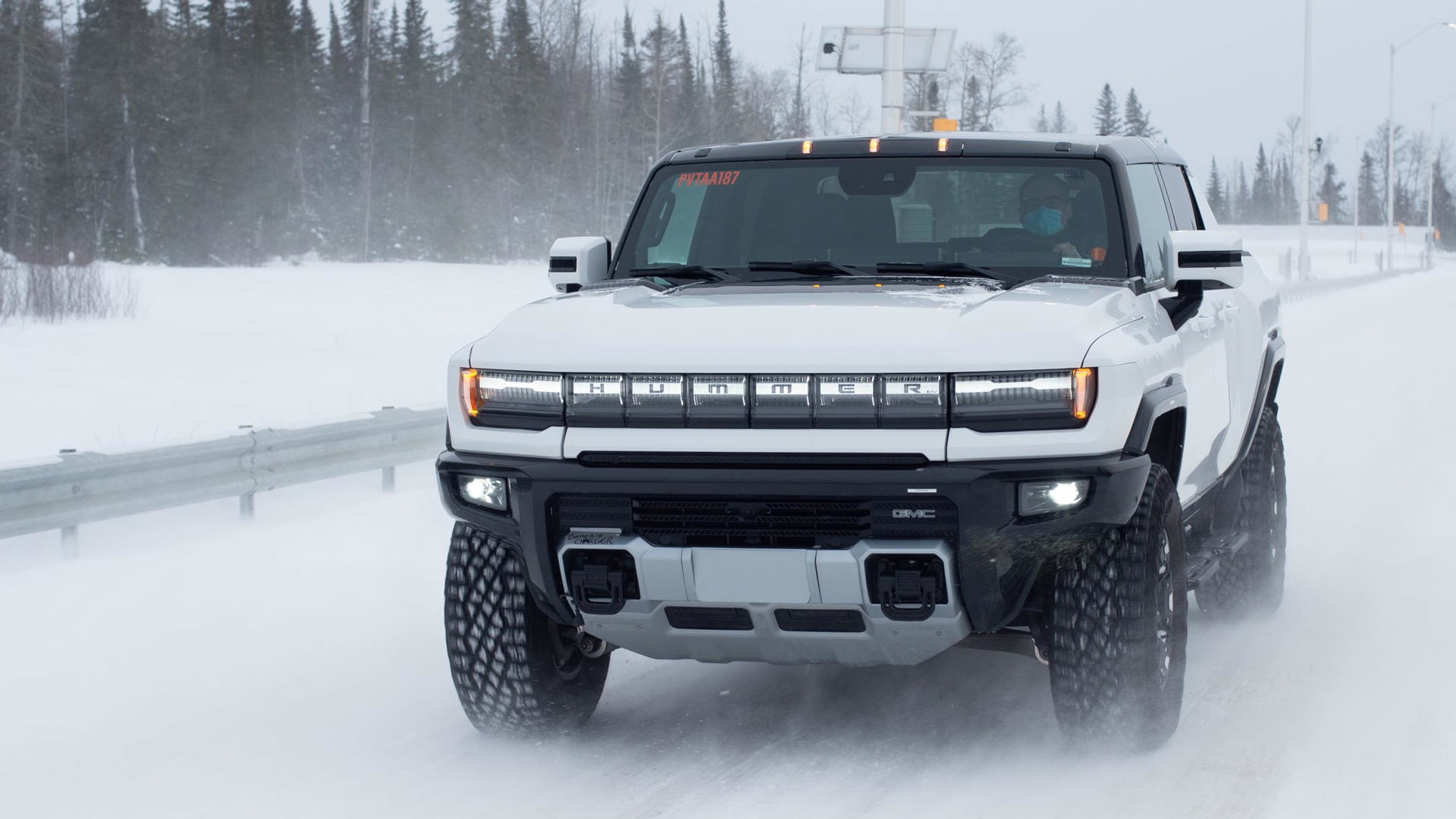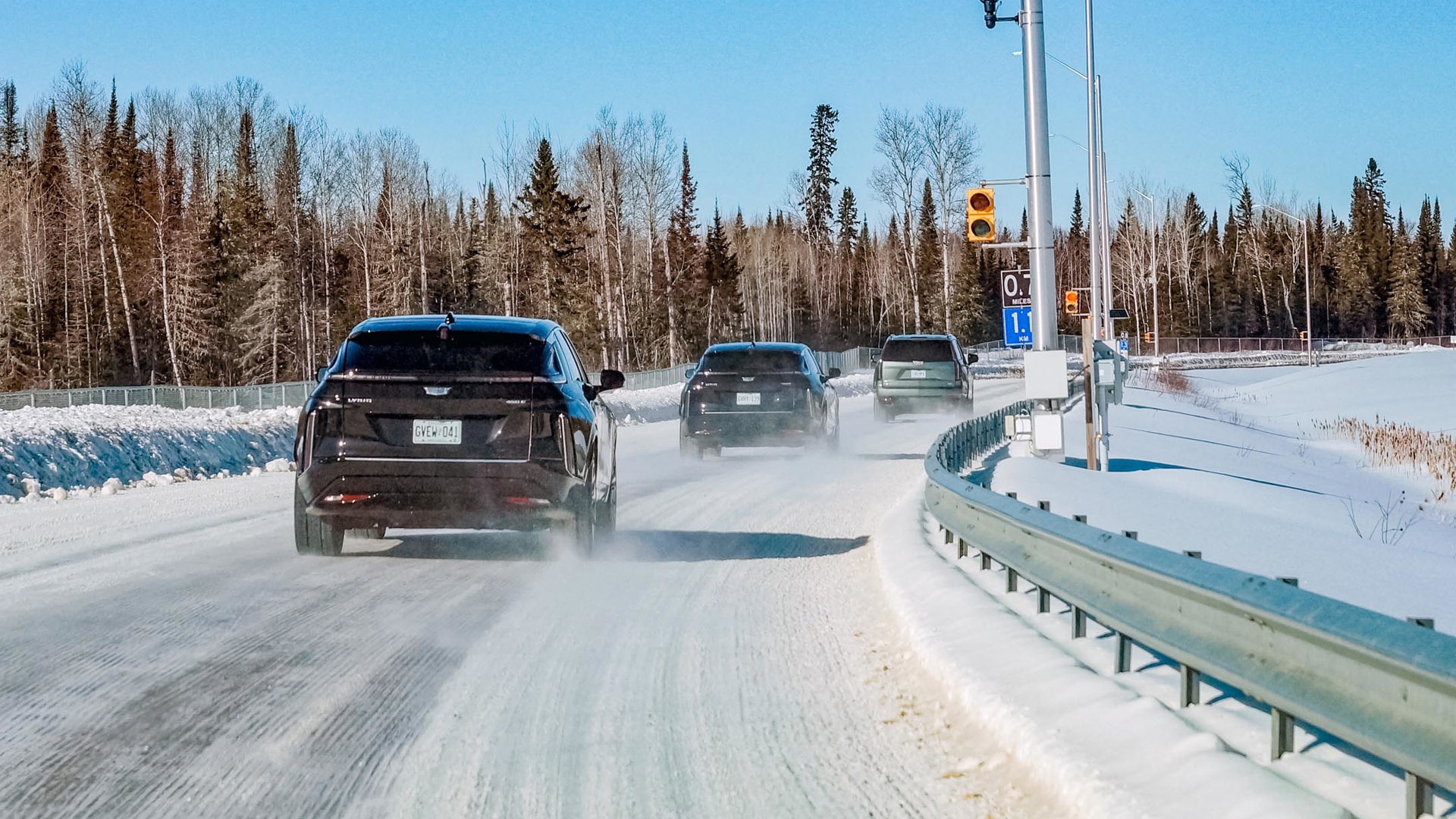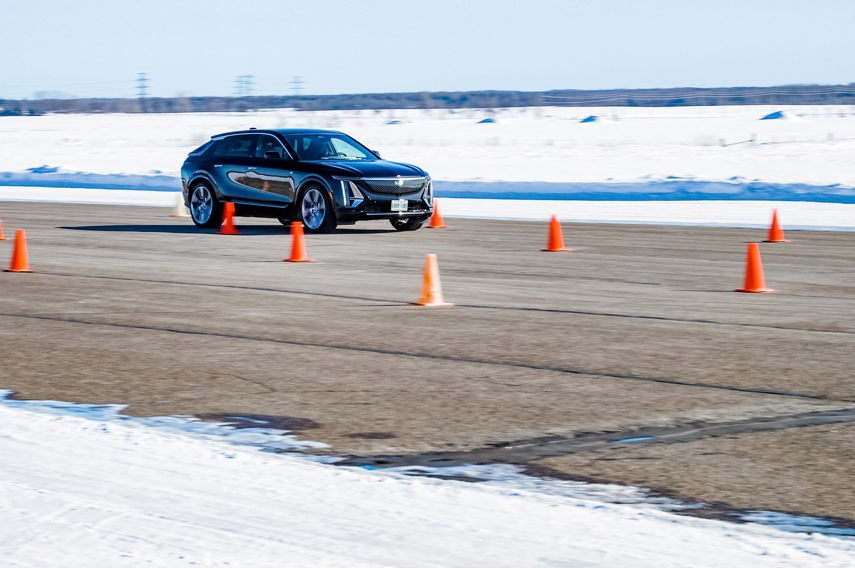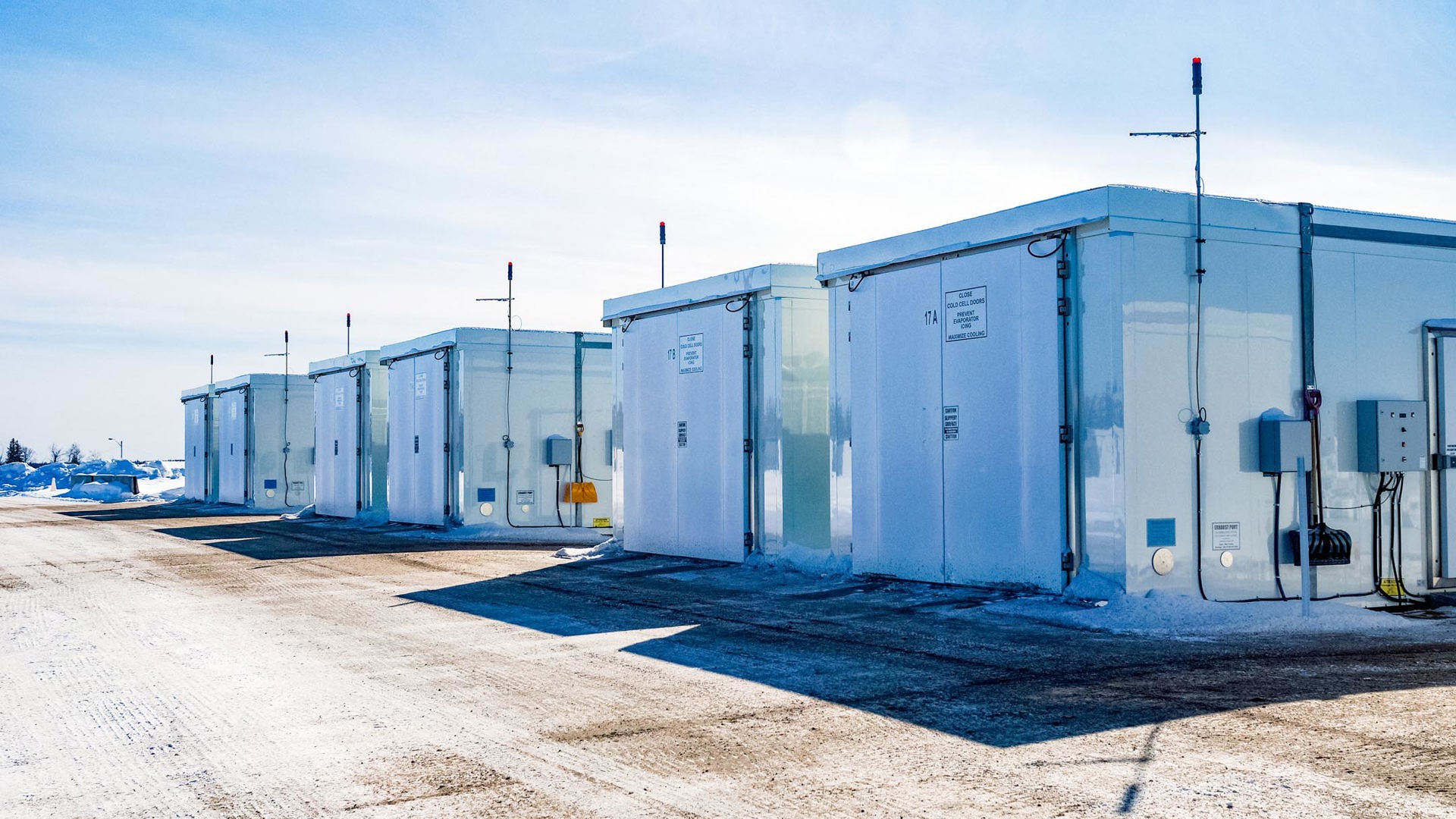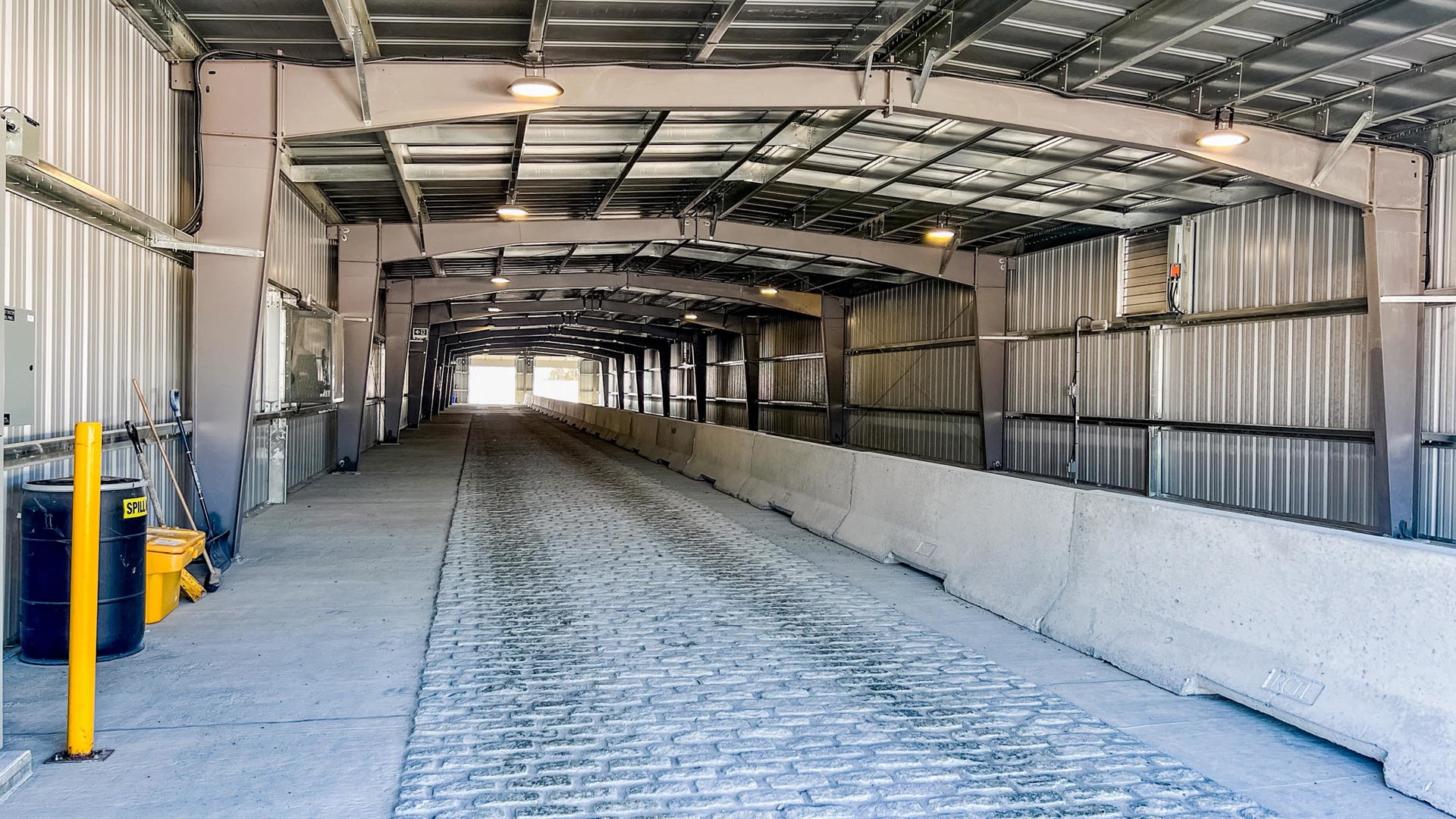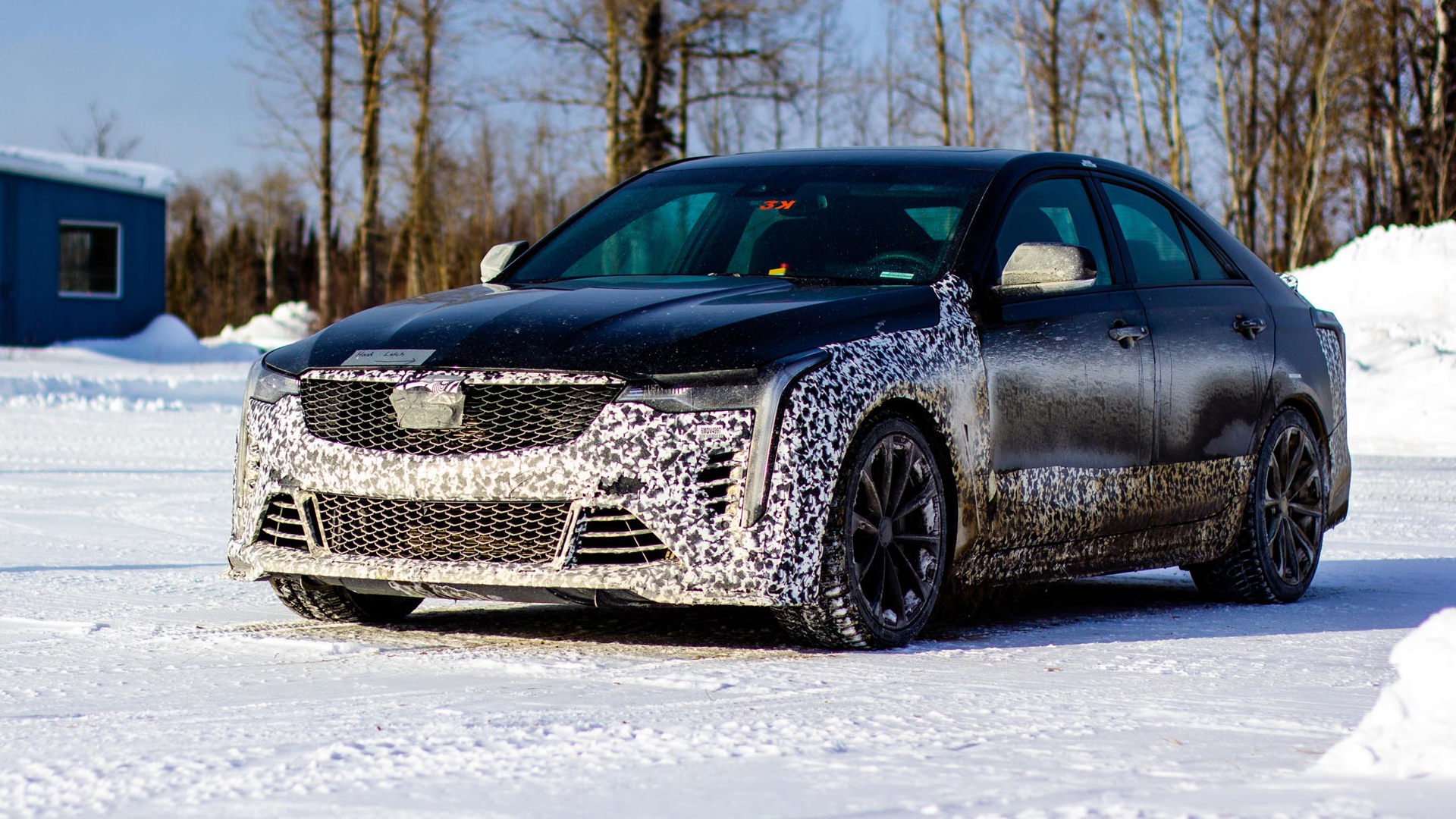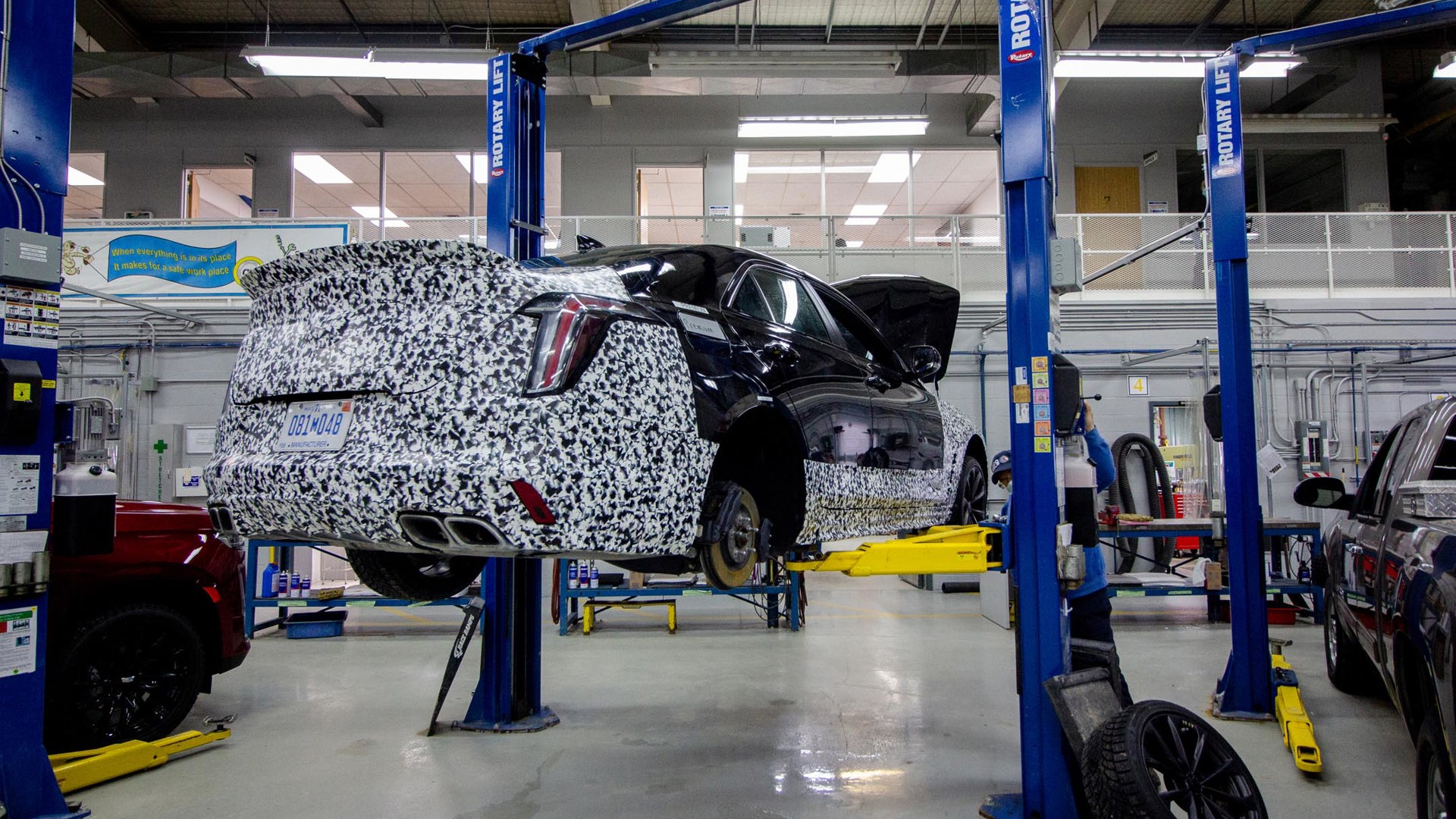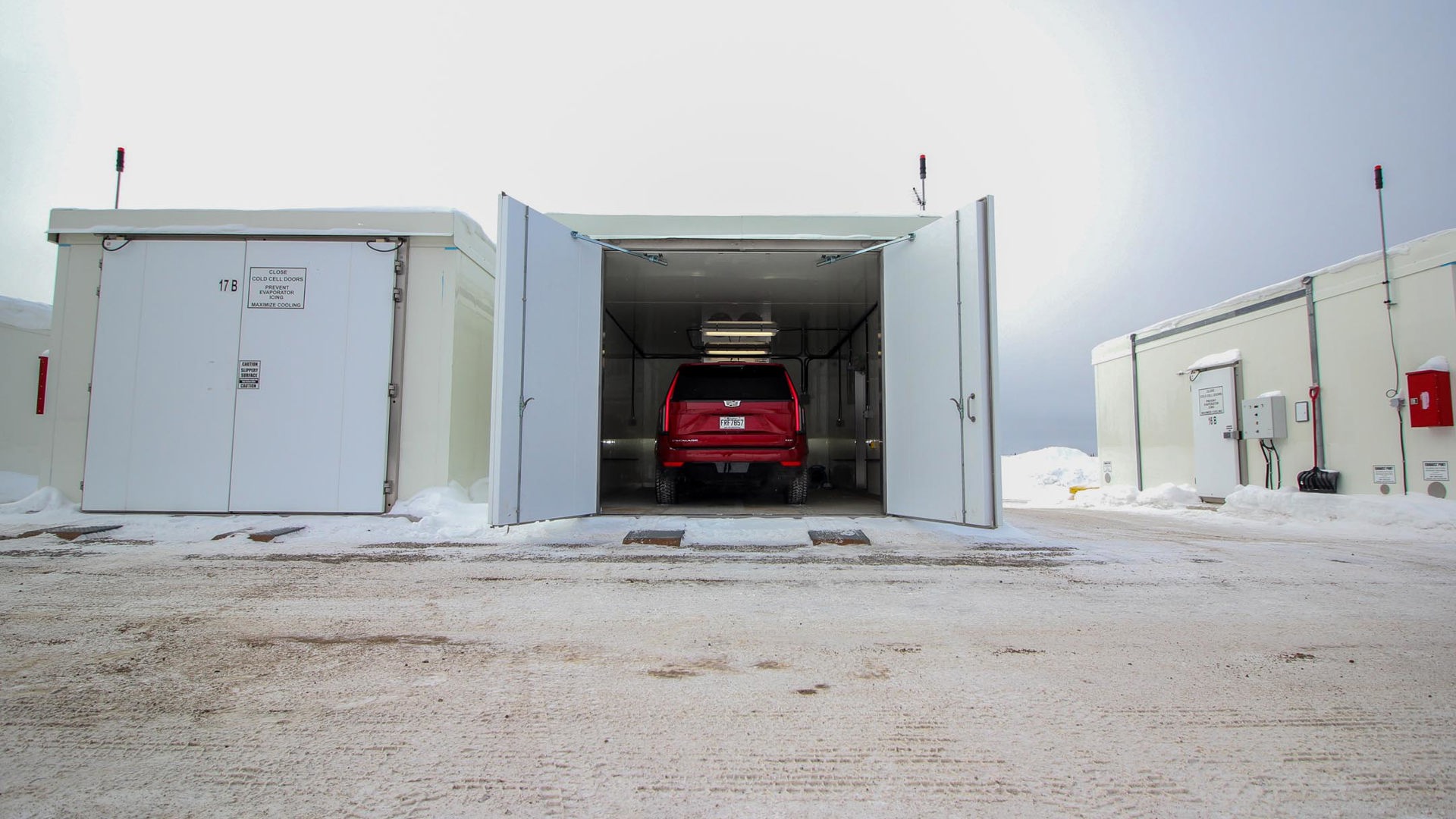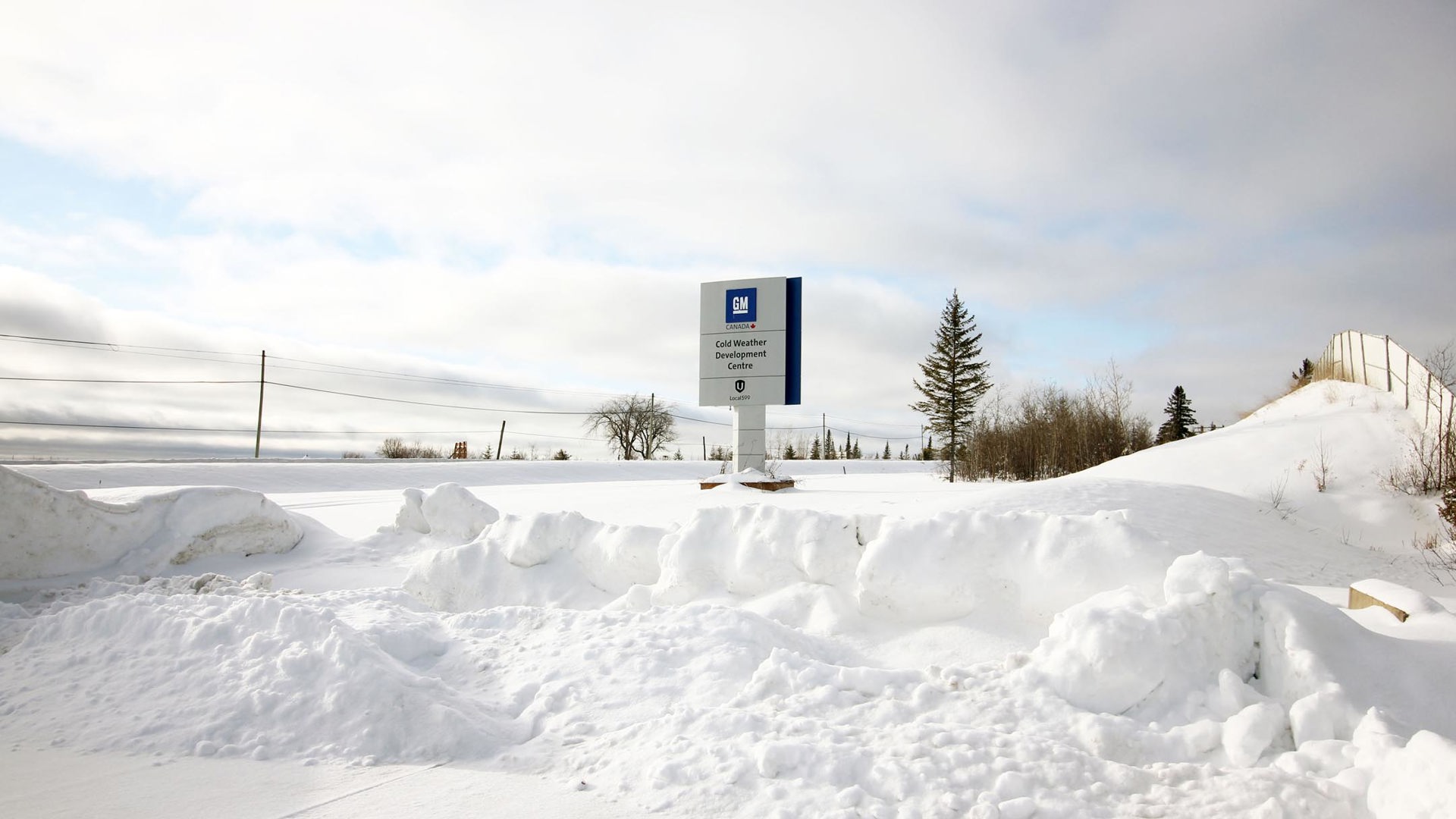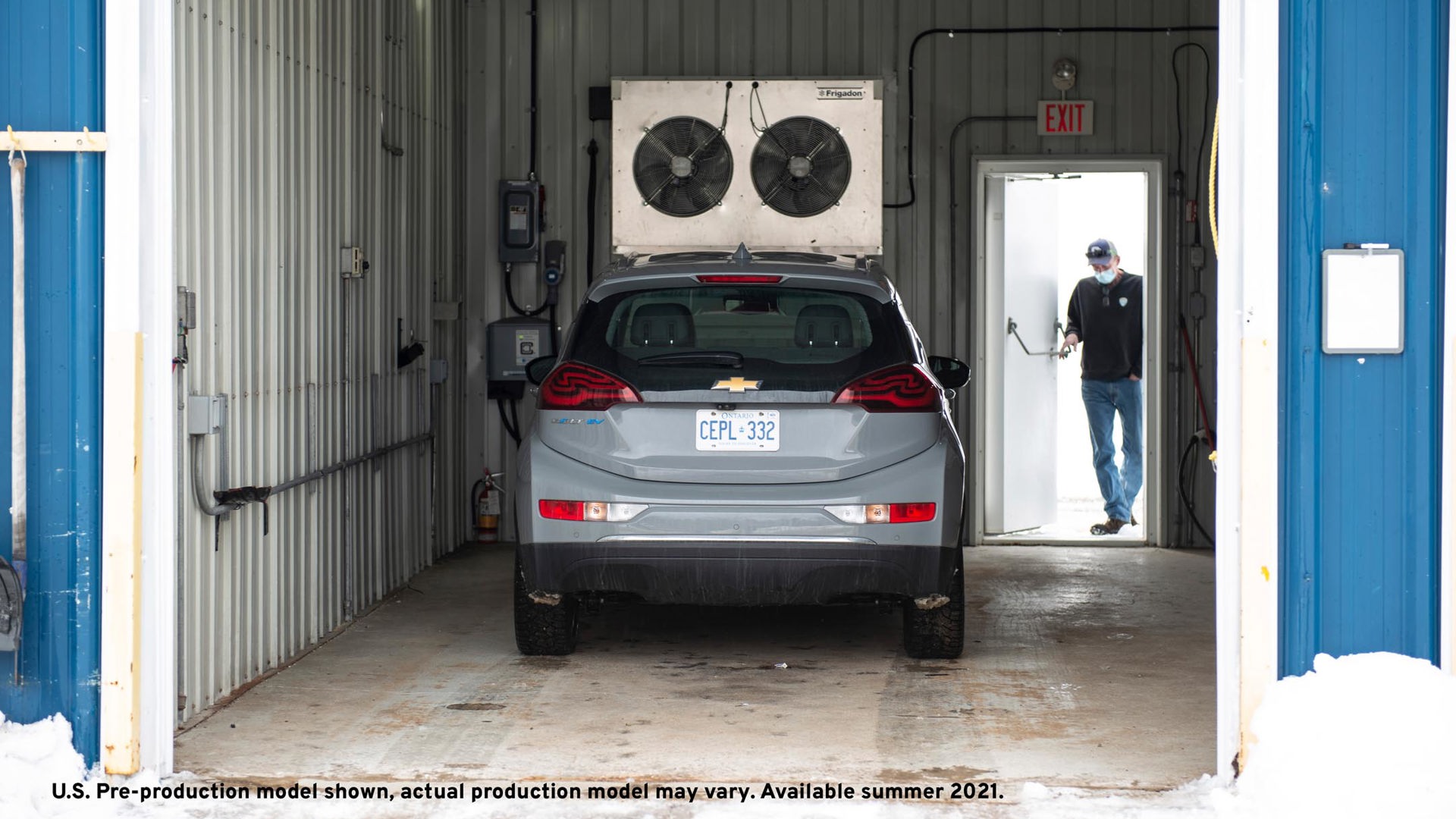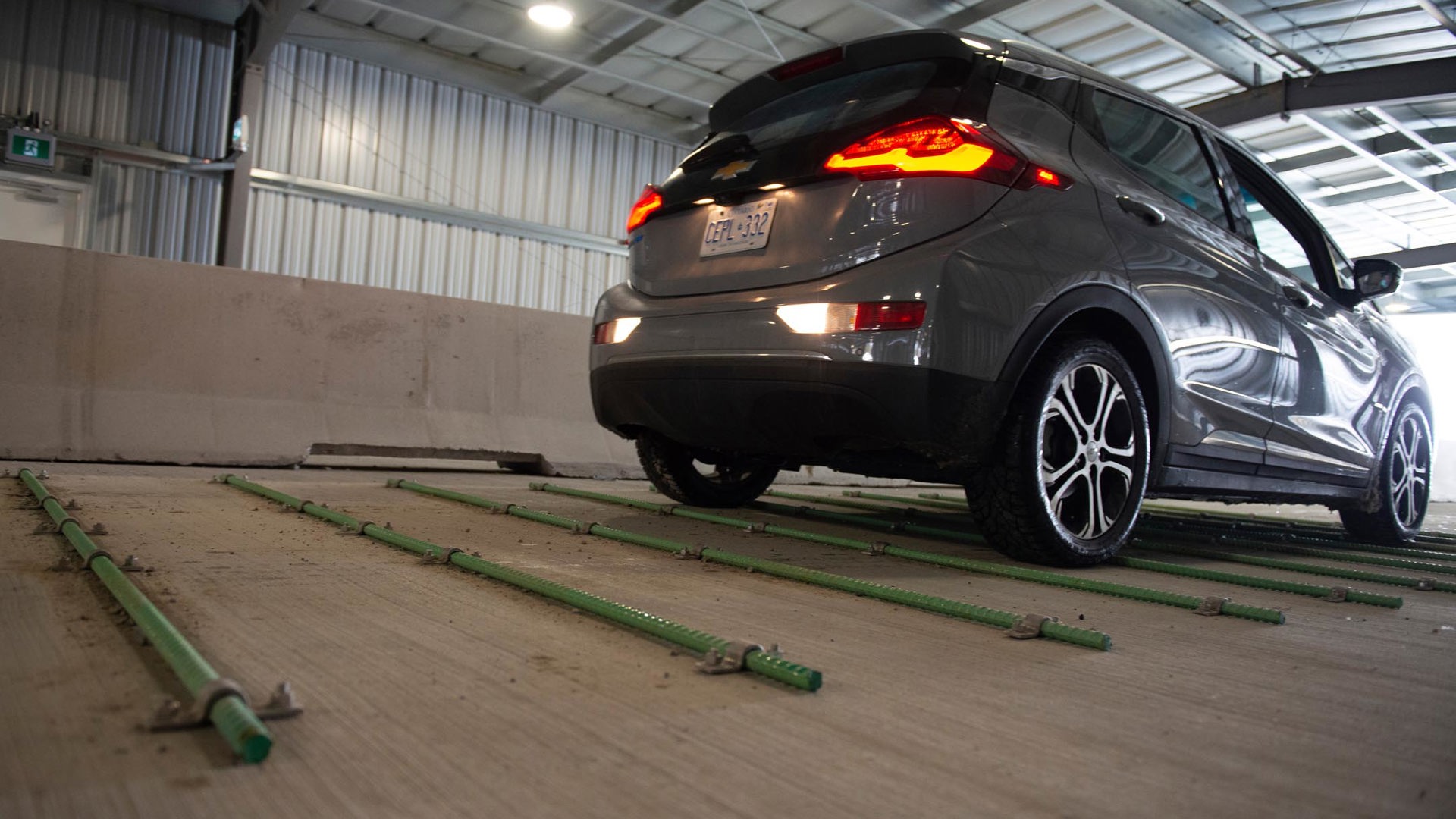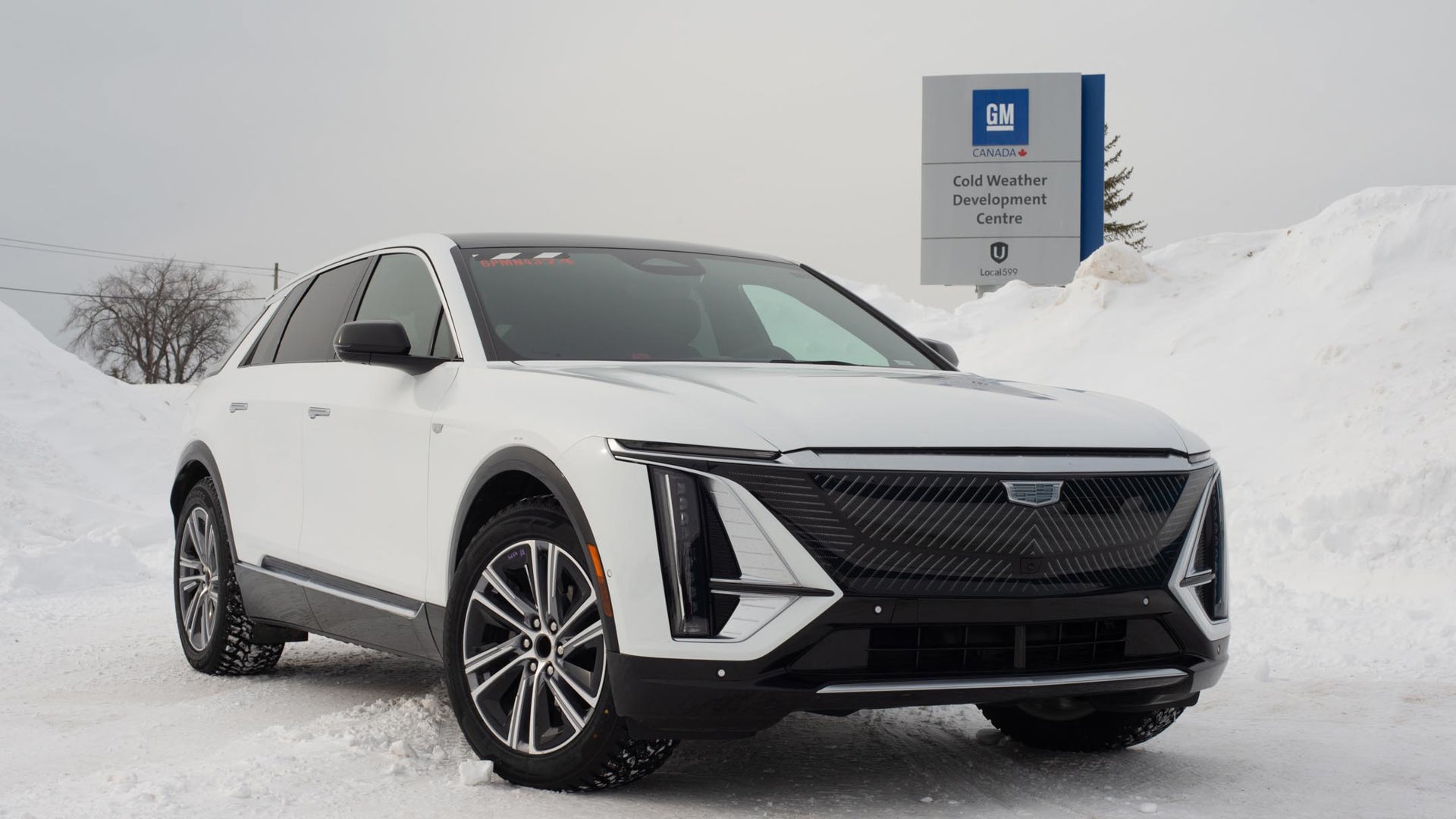Cold weather performance is top of mind for many Canadians considering electric vehicles (EVs). With mainstream automakers coming on strong with more electrified offerings each year, there’s also a significant government push to mandate discontinuing internal combustion engines. Manufacturers know that consumers expect a certain level of performance and durability from their cars all year round, and to shed some light on the rigorous testing process, General Motors of Canada invited AutoTrader to experience its Cold Weather Development Centre in Kapuskasing, Ont. From what we can tell, the future looks bright for EVs, and GM is not asleep at the wheel.
Why Kapuskasing?
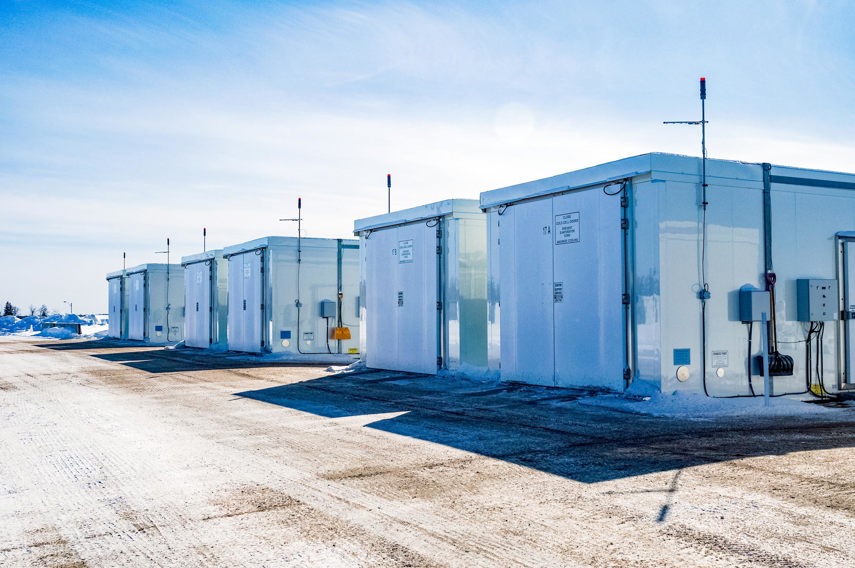
Kapuskasing is a small Northern Ontario town with just over 8,000 people. If you’ve ever driven a GM vehicle built within the last 50 years, chances are it had to go through this proving ground before being released to the market. It gets mighty cold up in Kap, with record lows of about -47 degrees Celsius in the winter. Those who are into snowmobiling will easily find great trails to explore. These consistently cold and snowy conditions are perfect for repeatable engineering tests when designing and developing new cars. Such a climate is vital in gathering good data required for solving complex problems.
While the original facility was 23 acres in size in 1973, today’s setup has grown to 272 acres and can run a wide range of different engineering tests. There’s a 3.6-kilometre circular track that’s fully wired with lights, cameras, and network connectivity to monitor vehicles as they run up to 24 hours a day. Thirty cold cells can reliably recreate temperatures of -45 degrees Celsius for an overnight cold soak – think of these as giant freezers that can get a car or truck chilled to the bone to conduct extreme stress testing.
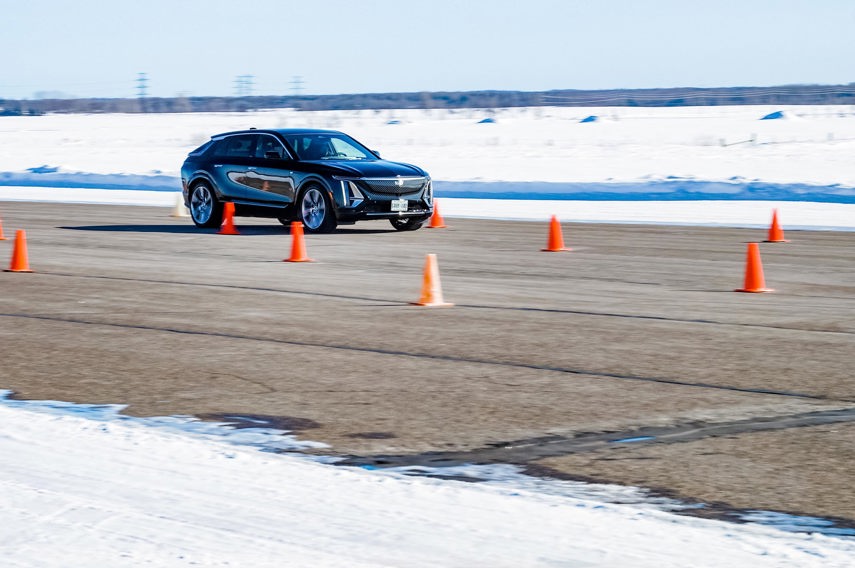
In addition to the circular track, a decommissioned airport runway allows engineers to conduct dynamic testing across various surfaces, such as bare tarmac, snowy patches, and a full-on ice field. Verifying cold weather steering, braking, and traction/stability system operation can all be done in one spot. We got to try an emergency lane change manoeuvre using a 2023 Cadillac Lyriq on tarmac, which showed us that even at over 2,540 kg and riding on winter tires, maneuverability remained just as good as any other crossover.
For developing electric vehicles in particular, GM has invested millions of dollars in bringing its winter proving grounds up to par for the future. With the potential of having several dozen EVs being tested onsite at any given time, there needed to be significant upgrades to the main electrical supply to charge many vehicles simultaneously. For the car chargers alone, there’s enough juice coming in to power roughly 800 single-family homes. There are 21 240-volt Level 2 chargers that you’d likely install at your home for overnight charging, as well as six high-voltage DC fast charging units with an output of 400 kilowatts per charger.
What Does Cold Weather EV Testing Involve?
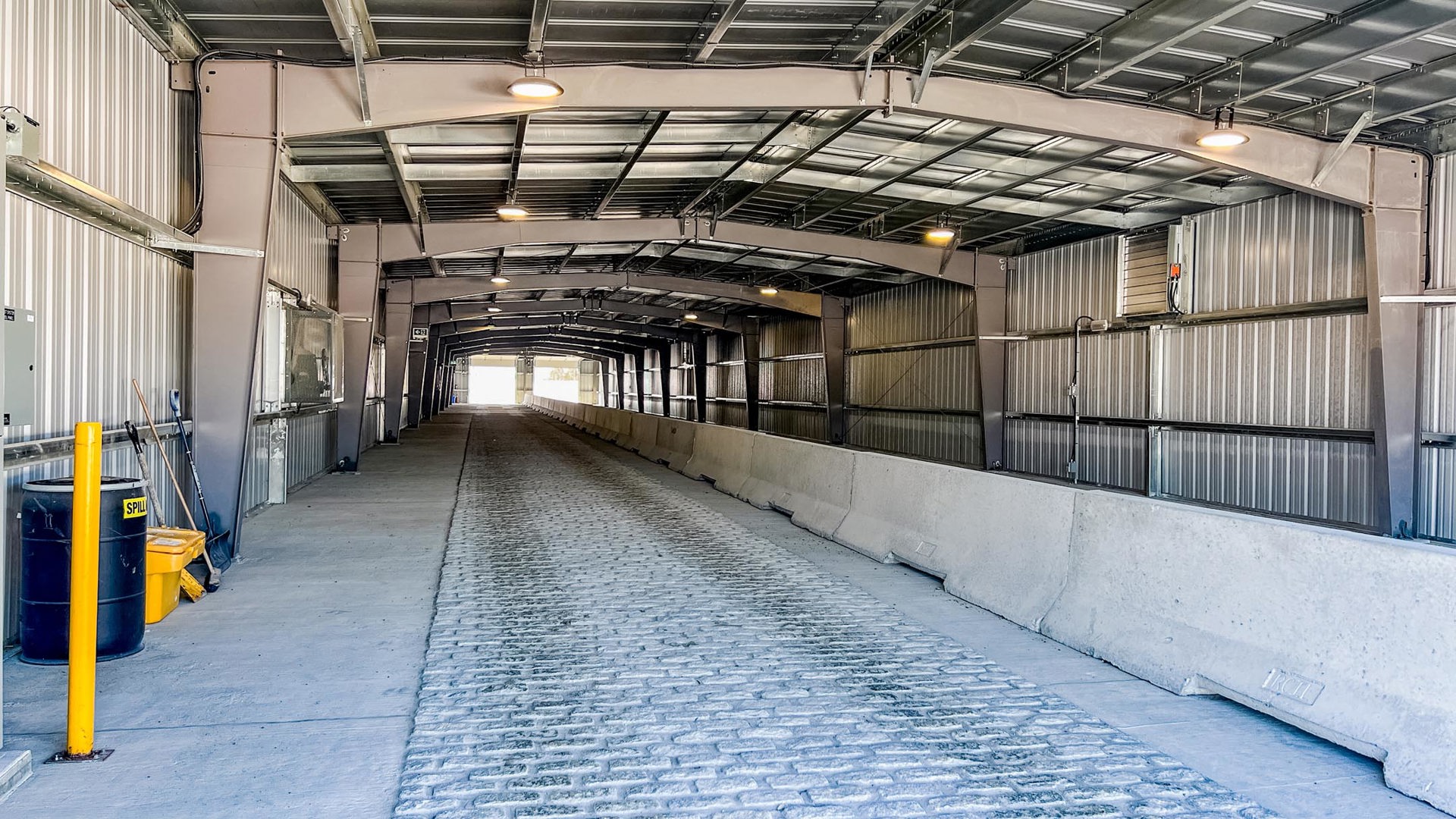
One of the most fun parts of the Cold Weather Development Centre was going through GM’s squeak-and-rattle building. Rumble strips, speed bumps, and cobble-style interlocking brick were installed to precise specifications, and uneven surfaces were carved out of the concrete floor to create a high degree of loading on the suspension and chassis. Cold weather can exacerbate squeaks and rattles, especially with interiors and suspension components. Engineers can drive both prototype and production cars through the building for hours on end to diagnose any problems. This miniature obstacle course is also what’s installed at the end of every GM factory assembly line to verify build quality.
Even though there are plenty of testing scenarios on the proving grounds, GM also does a lot of testing and operation on public roads in and around Kapuskasing. These real-world tests happen on various road surfaces and speeds. Defrosters, interior heater performance, engine block heaters, warm-up cycle times, and overall durability are all assessed. To keep prying eyes away, you may see heavily camouflaged prototype vehicles roaming the streets during testing. On the flip side, seeing a shiny new Rapid Blue Chevrolet Corvette convertible making the rounds on snow-covered roads in -20 degree weather was a definite treat.
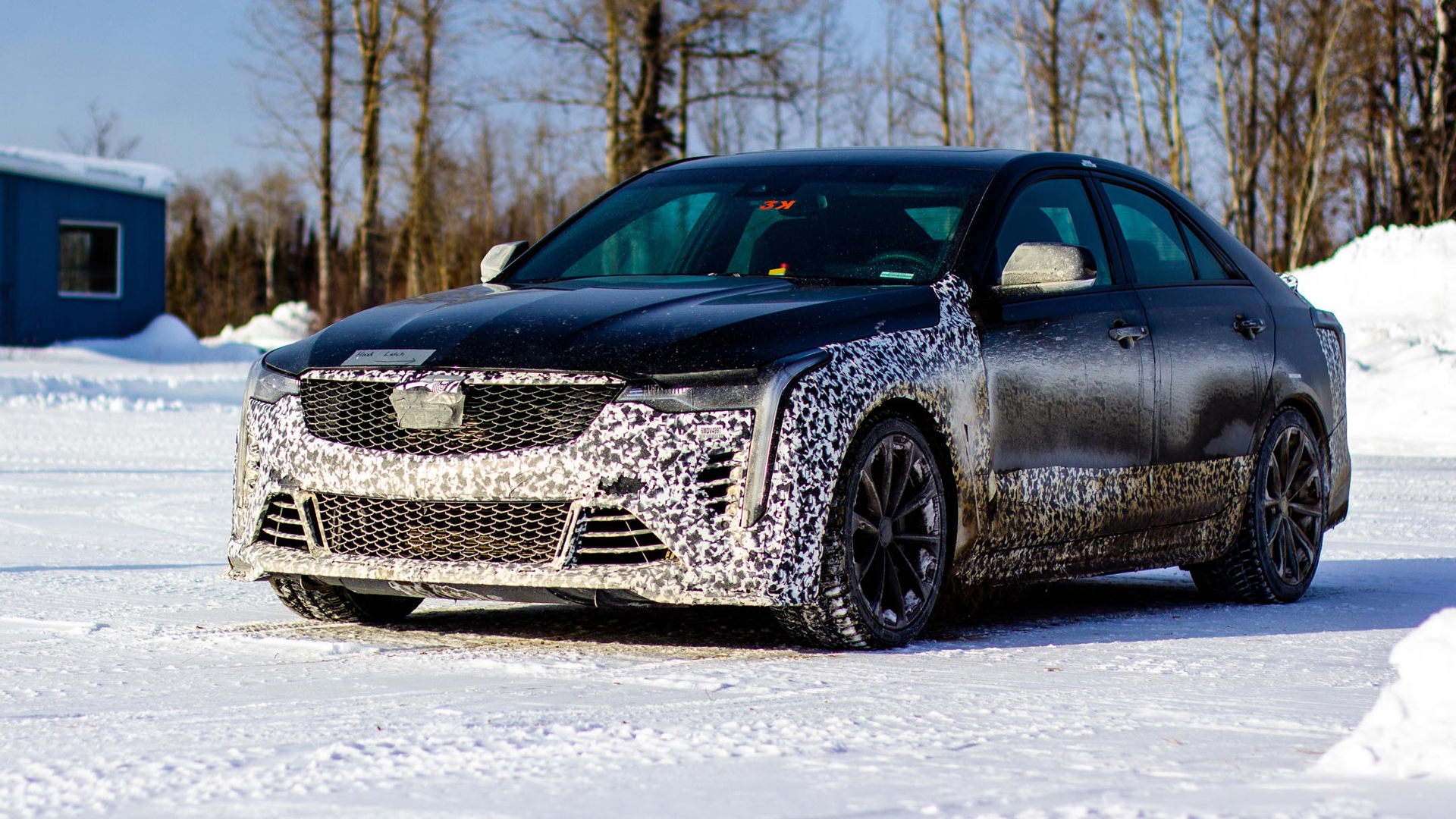
Driving the Cadillac Lyriq, we were impressed that even at such cold temperatures, the SUV held up remarkably well in all the tests. There were no squeaks and rattles, and driving performance was as good as any temperature up to highway speeds. Heater performance did just fine, although we noticed a relatively high energy draw of 8 kilowatts when the system was at full blast. Setting the automatic climate control close to a normal room temperature of 20 to 22 degrees Celsius knocked down the power draw to a much more reasonable 1 kilowatt. For comparison, your typical 120-volt space heater or a hair dryer draws about 1.5 kilowatts from your household outlet.
Theoretically, the Lyriq’s 102-kilowatt-hour capacity battery means you could run the heater alone for about 102 hours at 1 kilowatt before depleting a full charge. Of course, this assumes that we ignore any extra energy required to run lighting and all the computer modules and gadgets in the car, so, as the saying goes, your mileage may vary. Our experience suggests that EVs lose about 20 per cent of their driving range in winter driving, but remember that gasoline-powered cars can easily lose this much in cold weather, too.
Final Thoughts
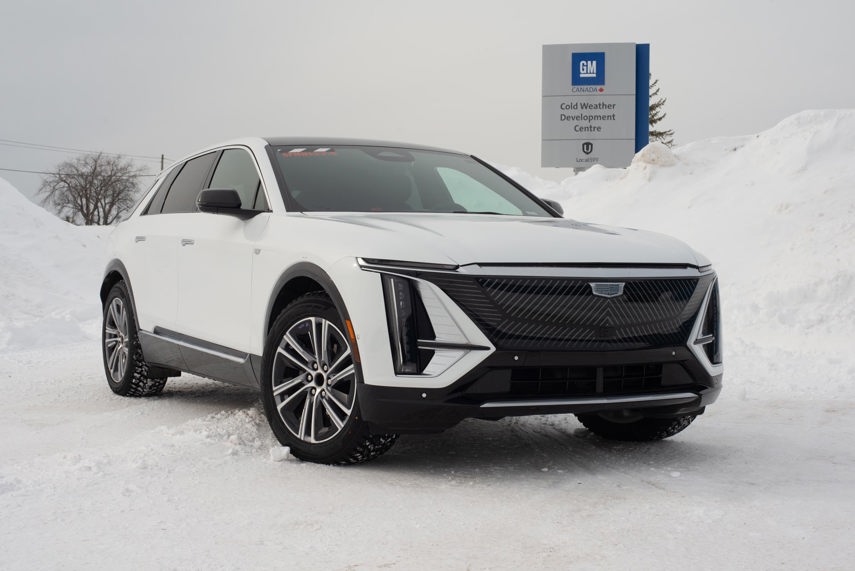
With battery packs getting larger and costs starting to come down, a lot of the skepticism around today’s electric vehicles surrounds charging speeds and winter performance, but as more public charging becomes available, this should get better for those doing long-haul drives. Drivers who can charge at Level 2 (240V) at home should do just fine for daily commuting in any weather conditions – a full charge can happen overnight, and you likely won’t need to charge every day.
What’s certain is that the cold weather performance and durability of electric vehicles have been well sorted out to match their internal combustion counterparts. After seeing first-hand how an automaker puts its product through its paces, we’d be pretty comfortable with EV ownership because if these EVs can survive in the harsh winter conditions of Kapuskasing, they will be perfectly fine in our driveways.
